Buying a pre-owned smartphone can be a great way to save money, but it’s important to be aware of potential issues before making a purchase. Hidden problems, misleading listings, or outdated software can turn what seems like a bargain into a costly mistake. Being mindful of certain red flags can help you avoid these pitfalls and ensure you’re getting a phone that meets your needs without any surprises.
Unusual Price

If the price seems too good to be true, it probably is. Extremely low prices could indicate hidden issues like hardware defects or fraudulent listings. Always compare the asking price with the average market value for the same model. A significant discount may signal damage, missing accessories, or even a counterfeit device.
Non-Matching IMEI Number
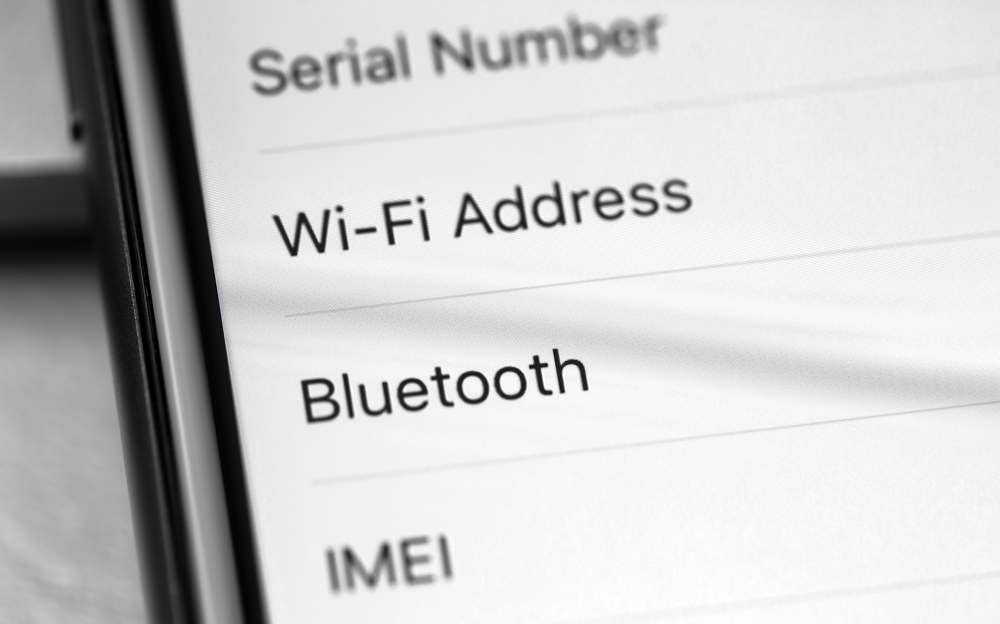
The International Mobile Equipment Identity (IMEI) number is a unique identifier for each smartphone. Check that the IMEI on the device matches the one listed on the box and the system settings. Mismatched IMEI numbers could indicate the phone was stolen, modified, or refurbished with non-original parts. This also affects warranty eligibility and can lead to network issues.
Locked to a Specific Carrier
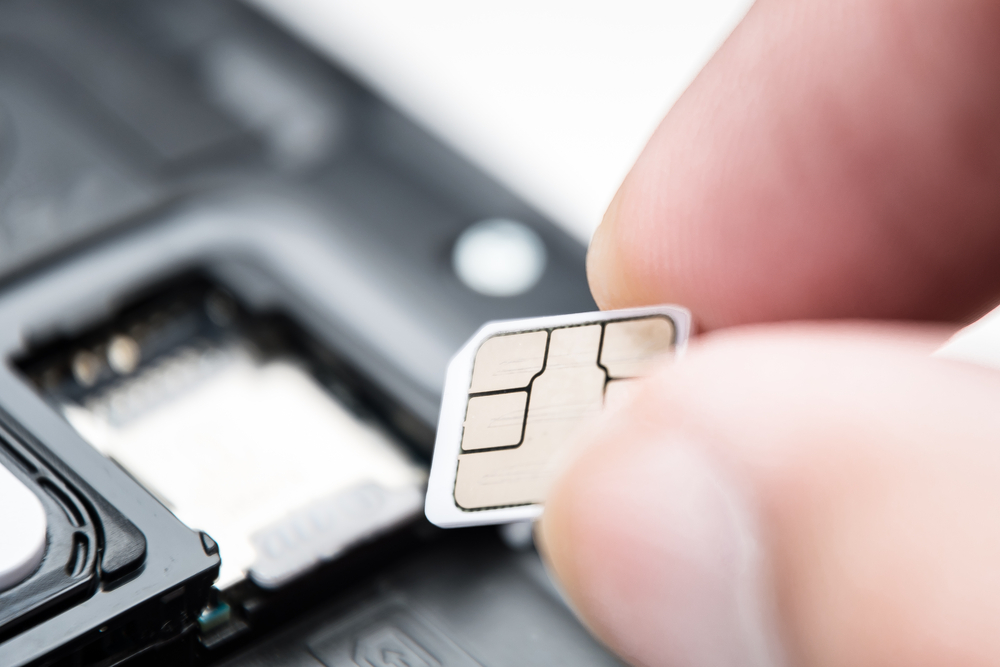
If the phone is locked to a particular carrier, it might limit your ability to use it with your preferred network provider. Carrier-locked phones often require unlocking fees, and not all can be unlocked. Ensure the device is unlocked or works with your carrier’s network bands to avoid surprises after purchase.
Physical Damage

Scratches, dents, and cracks may indicate the phone was dropped or mishandled. Examine the device thoroughly for any physical imperfections, especially on the screen and the body. Damage to critical components like the charging port or camera lens can significantly reduce the phone’s lifespan and performance.
Water Damage
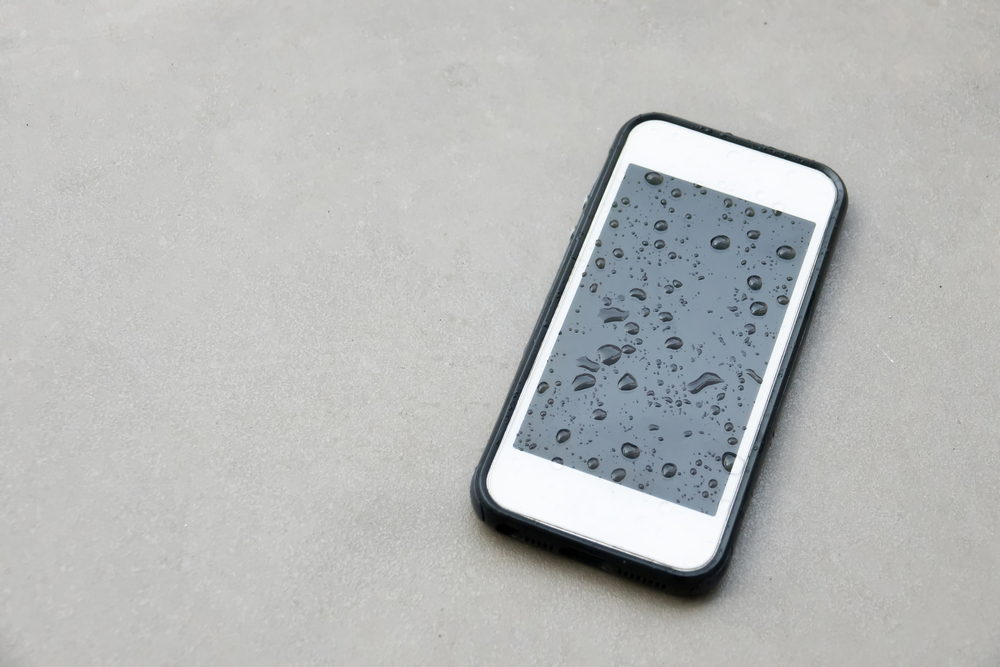
Even if a phone appears functional, water damage can lead to long-term problems. Check for corrosion or discoloration in the SIM card slot, headphone jack, or charging port. Some devices also have liquid contact indicators, usually found near these areas. Water damage can cause problems with connectivity, battery life, and internal components.
Non-Responsive Buttons

Physical buttons, such as the power, volume, and home buttons, should respond immediately when pressed. Delayed or non-responsive buttons can indicate internal damage or wear and tear. Replacing buttons can be costly, and a faulty button may hint at deeper problems within the device’s circuitry.
Poor Battery Life

Over time, smartphone batteries degrade, and a used phone may not hold a charge like a new one. Ask about the phone’s battery health, and if possible, check it in the settings. If the phone drains quickly or doesn’t charge fully, the battery may need replacing, which can be expensive for some models with non-removable batteries.
Operating System Issues
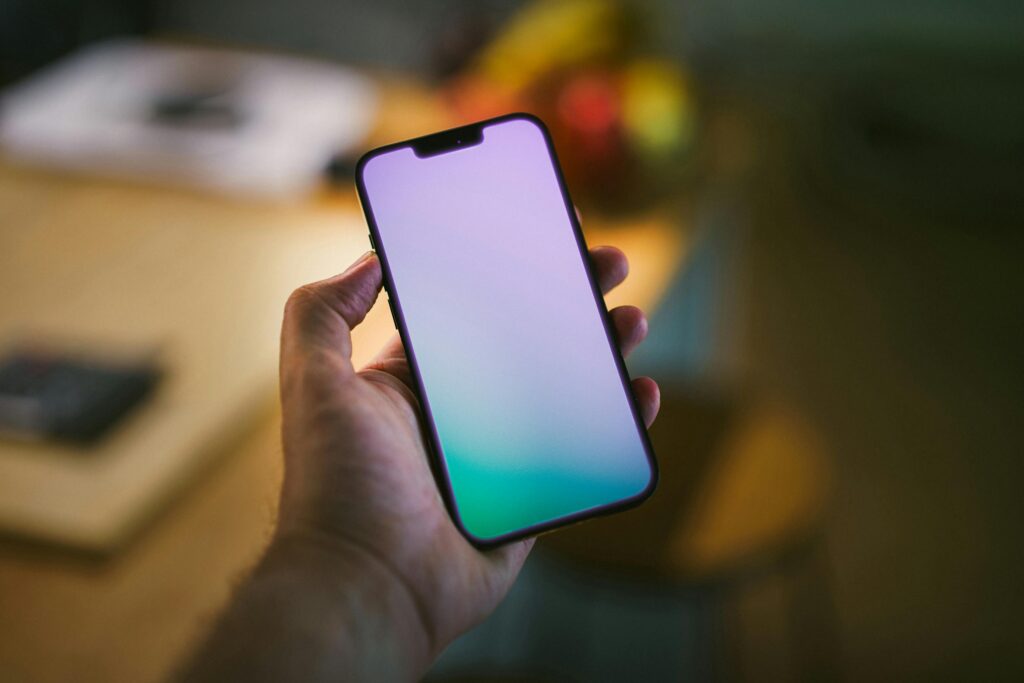
Ensure the phone’s operating system (OS) is up to date and compatible with your apps. Older phones may no longer receive software updates, leaving them vulnerable to security risks and incompatible with new applications. Check if the device is running the latest version of its OS or if it can be updated.
No Original Accessories
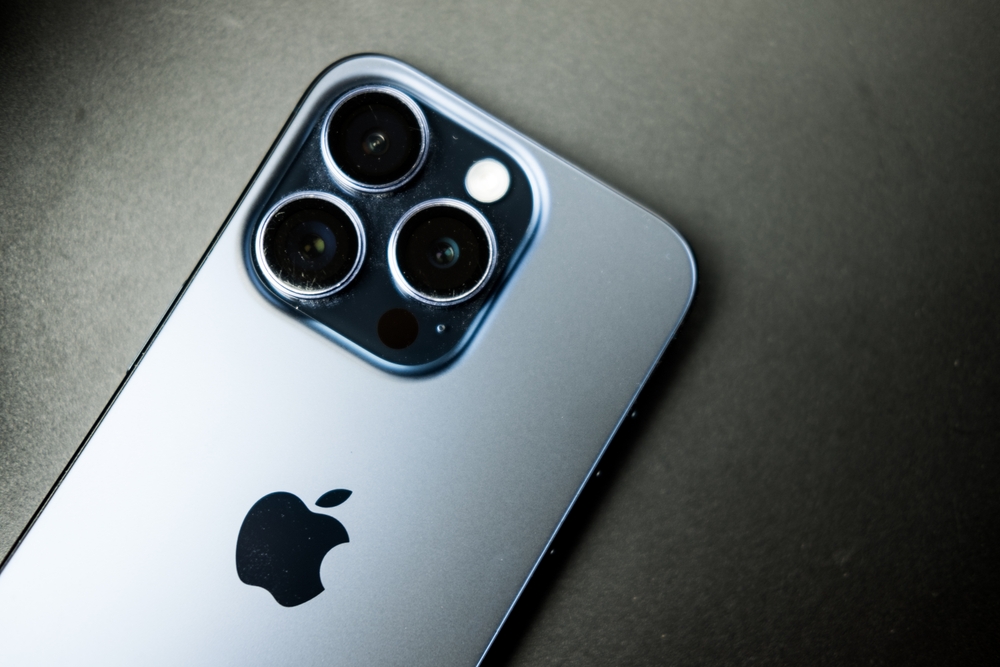
Missing accessories like chargers, earphones, or the original box can be a red flag. A phone sold without these items may have been lost, stolen, or tampered with. Original accessories are often designed to optimize the phone’s performance, and using third-party replacements can lead to overheating or hardware failure.
No Warranty

A lack of warranty can be concerning, especially for newer models that should still be under the manufacturer’s coverage. Check if the phone comes with any remaining warranty or if the seller offers a return policy. A device without a warranty could mean the seller is aware of potential issues they don’t want to be responsible for.
Excessive Wear and Tear

Examine the overall wear and tear of the device, including the screen, back panel, and any buttons. Excessive signs of use, such as deep scratches, worn edges, or loose parts, could mean the phone was not well cared for and may be nearing the end of its life. This might lead to more frequent repairs down the road.
Factory Reset Issues
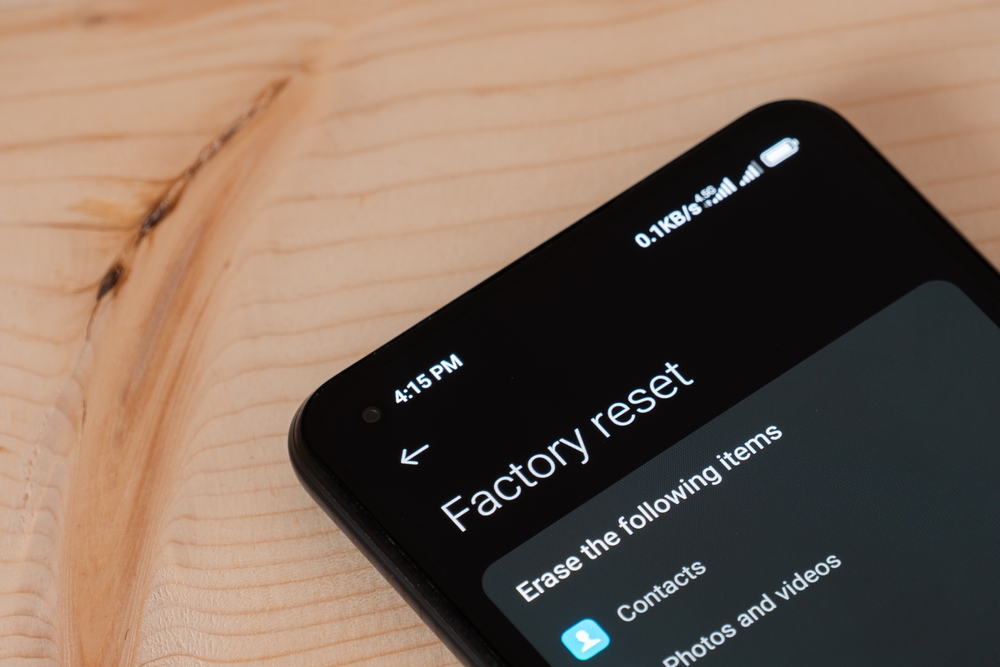
If the seller has not reset the phone to factory settings, it could indicate a problem. A factory reset ensures all personal data from the previous owner is wiped and that the phone is ready for use. If you encounter issues resetting the phone, it could be a sign of software problems or even that the phone is locked to a specific user account.
Activation Lock

Some phones, especially iPhones, come with activation locks tied to the previous owner’s account. Without the correct Apple ID or Google account credentials, you won’t be able to fully access the phone. Make sure the device has been properly unlocked by the original owner to avoid being locked out.
Faulty or Non-Original Screen

A cracked or replaced screen can compromise the device’s functionality and reduce its resale value. Non-original replacement screens may not perform as well as the manufacturer’s, leading to issues with touch sensitivity and display brightness. Check for any signs that the screen has been tampered with or poorly replaced.
Non-Working Cameras

Test both the front and rear cameras for functionality. Blurry images, shutter delays, or malfunctioning flashlights could indicate internal damage. Cameras are integral to most users’ daily activities, so a phone with faulty cameras is a major red flag, especially if you rely on them for work or personal use.
Overheating Issues

Some smartphones are prone to overheating, especially if they’ve been used for gaming or heavy multitasking. Overheating can cause significant performance problems and even damage internal components. If the phone heats up quickly during basic tasks like browsing or texting, it’s a sign of potential internal damage or poor battery health.
Missing Serial Numbers or Tampered Labels

Check for the presence of serial numbers and avoid phones with scratched-off or tampered labels. Missing or altered serial numbers can be a sign that the phone was stolen or illegally modified. This also affects your ability to verify the phone’s history and warranty status.
Non-Functioning Speakers or Microphone

Faulty speakers or a malfunctioning microphone can ruin your calling and media experience. Test the phone’s ability to play music, make calls, and record audio. If there are issues, repairing or replacing these components can be expensive, and their failure might indicate broader internal problems.
No Proof of Purchase
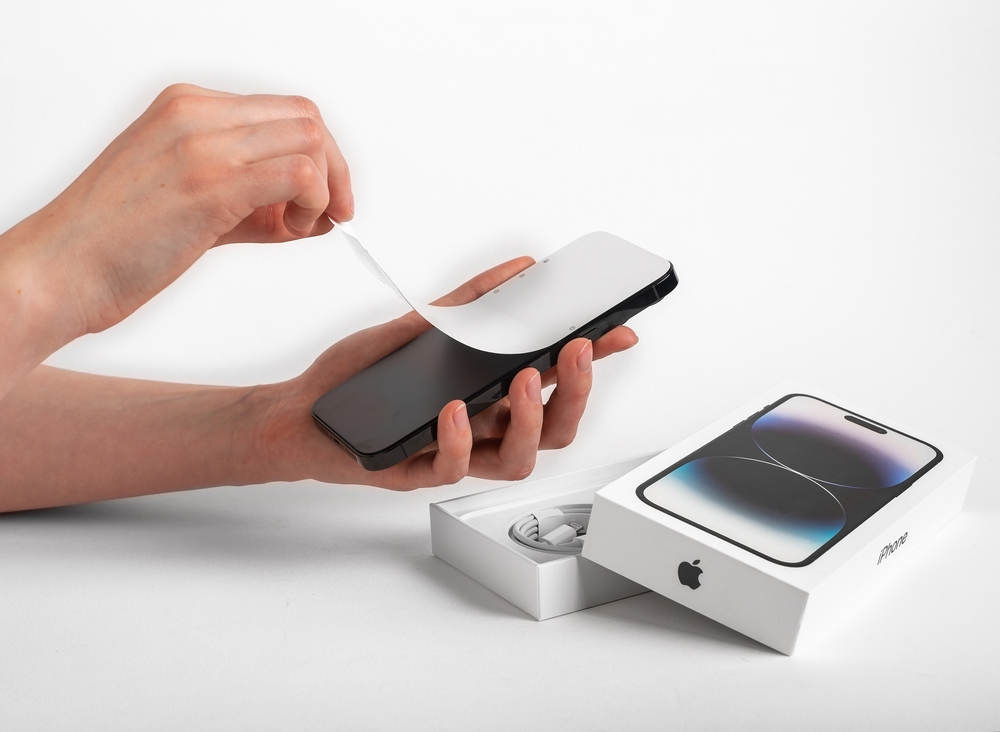
If the seller cannot provide proof of purchase, you could be buying a stolen phone. A legitimate sale should come with the original receipt, contract, or proof that the device was purchased legally. Without this, you risk having the phone blocked by carriers or law enforcement.
Lack of Communication from the Seller

A seller who is evasive or slow to respond to questions is a red flag. Transparent communication is essential when buying used electronics. If the seller avoids answering questions about the phone’s condition, history, or warranty, it may indicate they are hiding information about defects or past issues.
Overly Customized Software
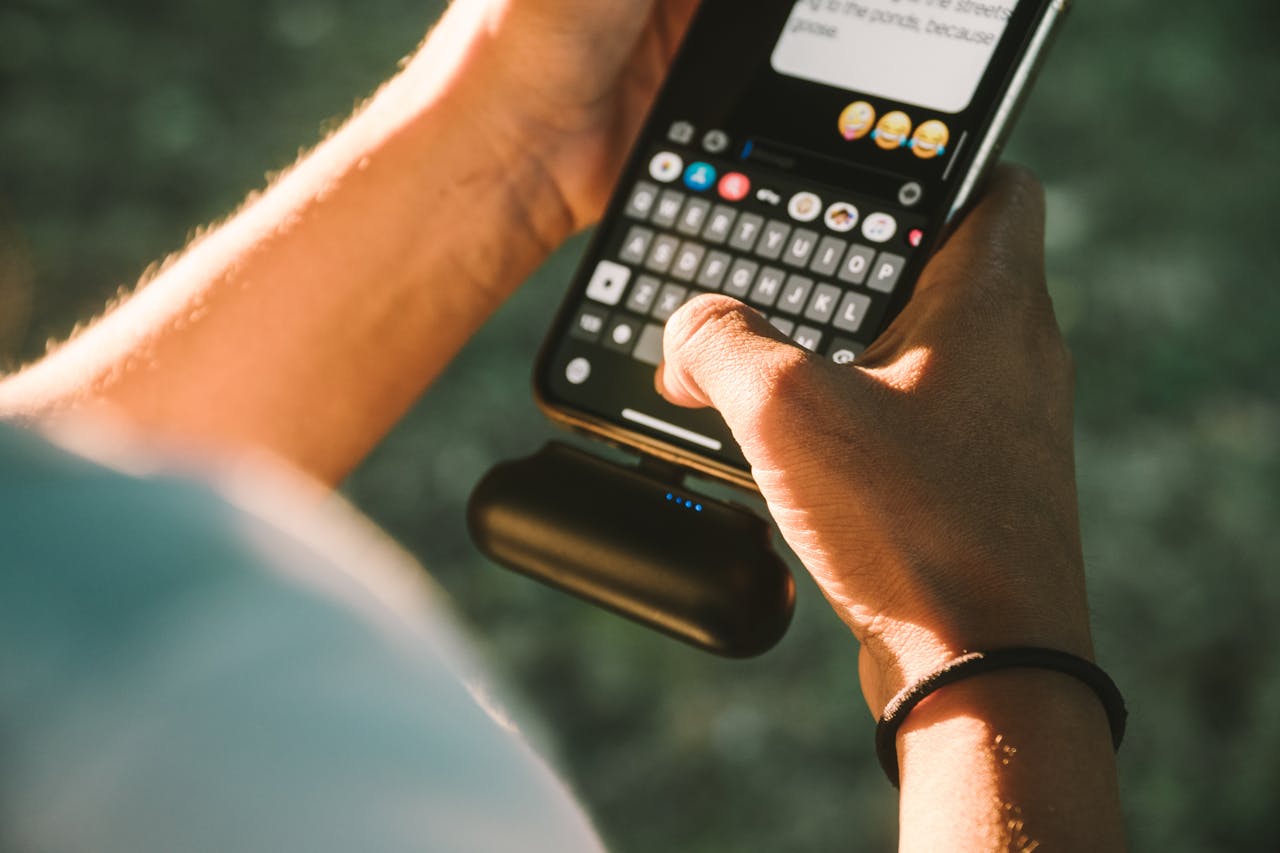
Sometimes users install custom ROMs or heavily modify the phone’s software. While this can offer more control over the device, it can also lead to instability and void the warranty. If the phone’s software looks different from the stock version, be cautious, as it may be prone to bugs, crashes, or security vulnerabilities.
This article originally appeared on UnifyCosmos.
More from UnifyCosmos
21 Travel Myths About Popular Destinations You Should Stop Believing

In this article, we will debunk some of the most common myths about these famous places, helping you separate fact from fiction and make the most of your journeys. Read more!
21 Misconceptions About Parenting You Need to Know

In this article, we will debunk some of the most common myths about parenting, offering clarity and insight to help parents navigate their roles with confidence and understanding. Read more!
20 Love and Relationship Myths Debunked

By identifying and challenging these myths, we can build healthier and more fulfilling connections. Let’s explore some common false beliefs about relationships and uncover the truth behind them. Read more!
Leave a Reply